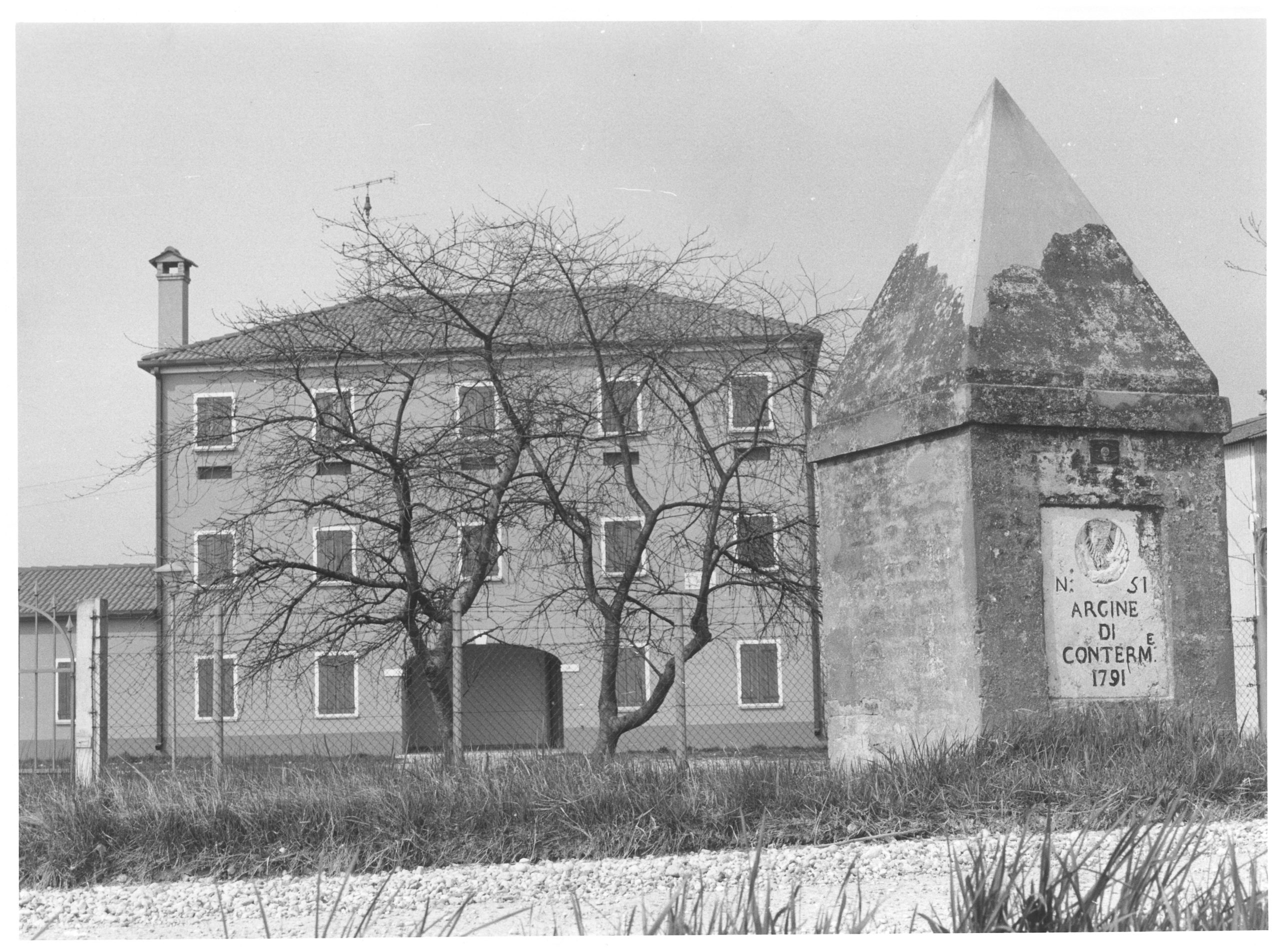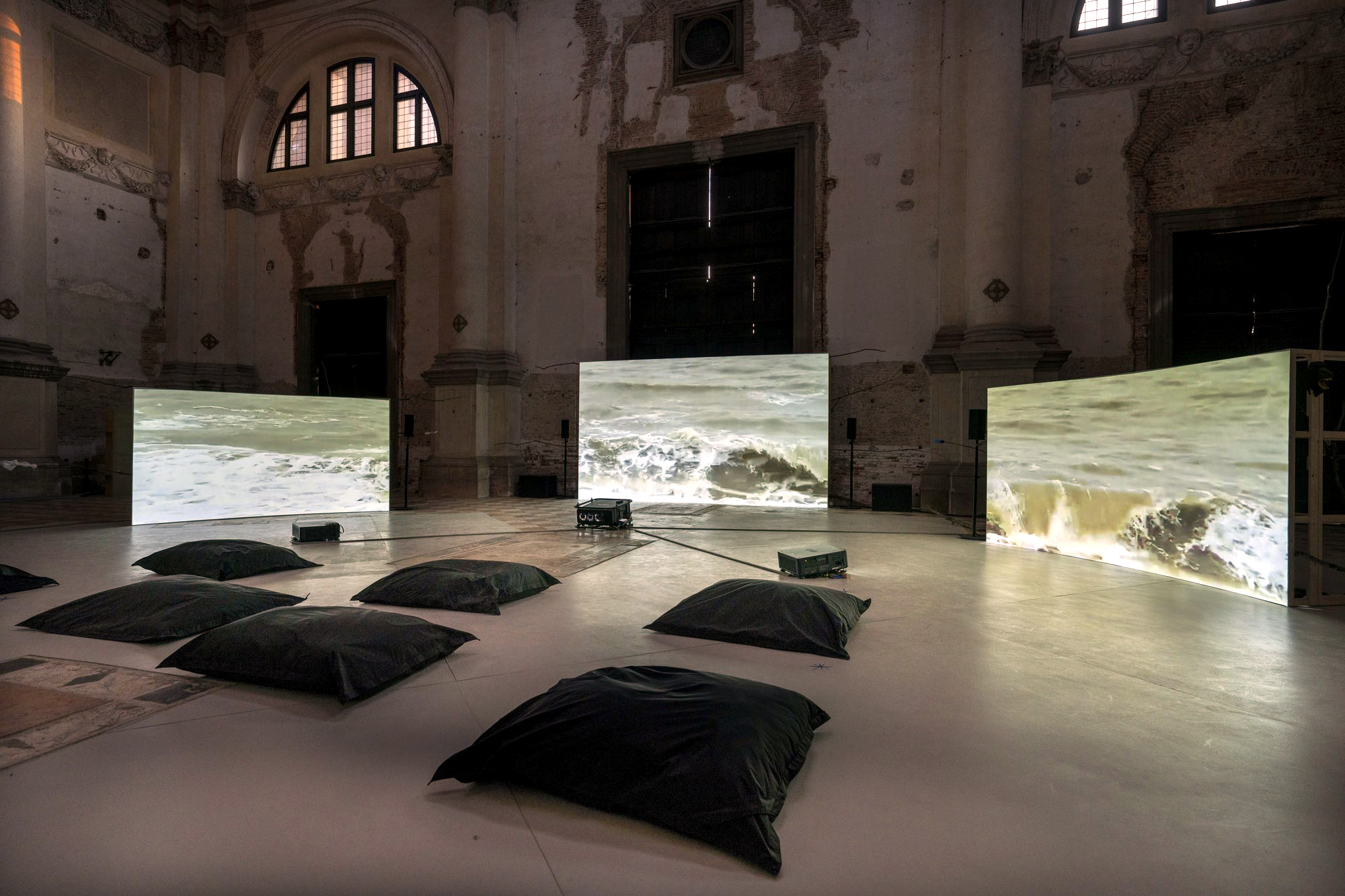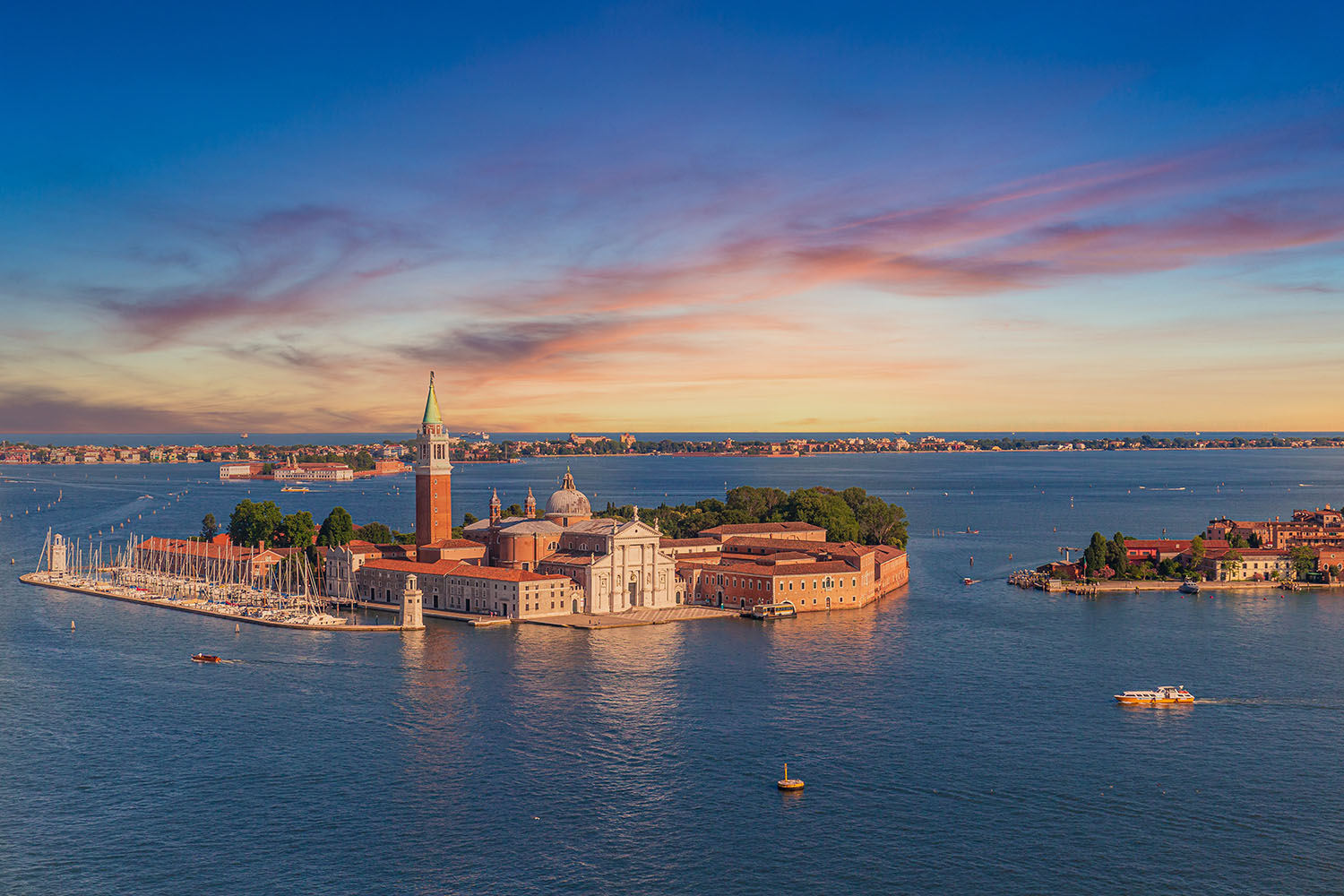
The islands of the lagoon
by Rachele Callegari
The Venetian lagoon consists of an archipelago of islands, more or less popular. Besides Venice, the three most famous islands are Murano, Burano and Torcello, but there are many others, nowadays nearly uninhabited, which offer magnificent landscapes and unique experiences. Some of them, like Torcello or those islands that have disappeared over time (such as, for example, Ammiana and Costanziaco), were originally even more populous than Venice or were used as strongholds or checkpoints.
Poveglia, also known as “the Sunday Island”, was very popular among the Venetians, because it is a typical destination for families and groups of friends who used to spend their Sundays there. It is also called “the haunted island” because it is associated with some mysterious phenomena, probably deriving from the fact that the island hosted a leper and a psychiatric hospital for several years.
San Francesco del Deserto is poorly known but is rich in history: it was already inhabited as early as in 1233, when it was donated to the Franciscan friars by the Venetian nobleman Jacopo Michiel, who assumed that the church on the island dedicated to St. Francis of Assisi had been attended by Francis himself some years before. The island owes its name to the fact that, in the 15th century, it was abandoned due to its unhealthy conditions.
Eventually, in the landscape of the lagoon that stands out in front of Piazza San Marco, it is possible to admire, besides the famous Giudecca, San Giorgio Maggiore. Although it is not a tourist destination, its origin dates back to the 10th century, when some Benedictine monks settled there. It is worth mentioning the basilica, built by Palladio in the 16th century; don’t miss a visit to the bell tower of San Giorgio, from the top of which it is possible to look down upon the entire city of Venice from a different perspective.
Discovering Venice just through the 5 senses
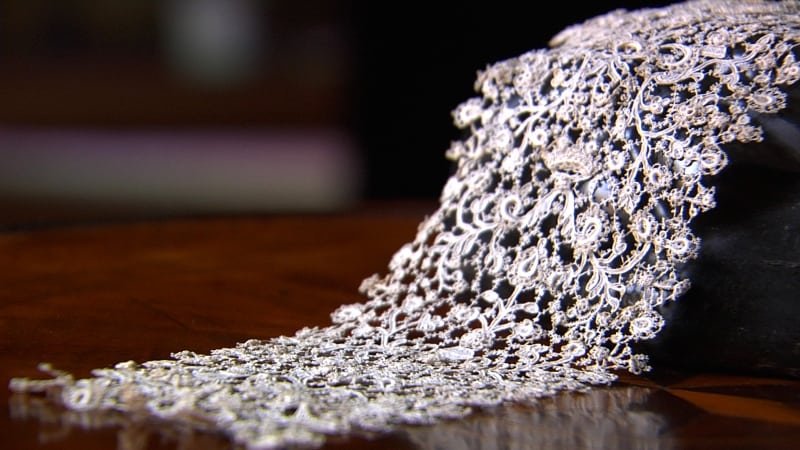
SIGHT
THE EMBROIDERY OF THE SEA
A legend tells the story of the typical Burano lace: a local boy in the open sea was tempted by the Sirens but he withstood their charms for the love of his betrothed. The queen of the Sirens, amazed at the boy’s loyalty, hit the ship with her tail, raising a mass of foam that took the shape of a magnificent wedding veil. On the wedding day, the veil was so impressive that the women of Burano tried to reproduce it with a needle and a very thin thread. The lace production on the island started in the 16th century at the Lace School; it underwent a period of decline after the fall of the Serenissima, but, thanks to the lace-maker Cencia Scarpariola, the embroideries began to be regarded as works of art.
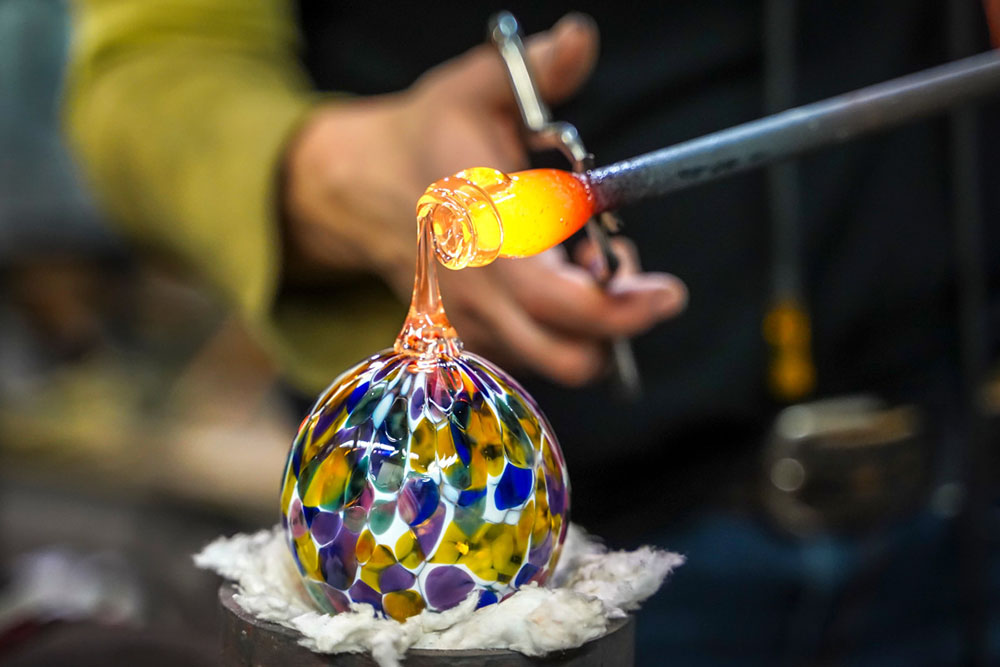
HEARING
THE SOUND OF GLASS
When one thinks of the glass tradition of Murano, the first image is a furnace and a glassmaker who processes that material made malleable by heat. However, little attention is paid to the almost melodic sound produced by glass; this is precisely the purpose of the “Loud Listening – Through The Sound Of Murano Glass” project created by the Promovetro Murano association. From 28 to31 January 2014, some technicians and sound engineers of the Archivio Italiano Paesaggi Sonori worked in close contact with the glassmakers to record the sounds of the process and produce a documentary film, which was released at the end of February, to narrate both the fragility and the strength of such a refined art.
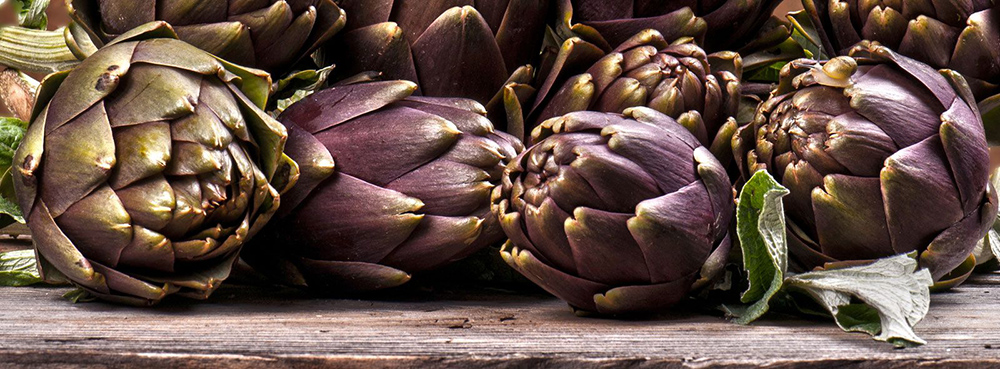
TASTE
THE BUDS OF THE LAGOON
The surface of the island of Sant’Erasmo has is half of that of Venice and, since the 16th century, it has been entirely covered with vegetable gardens. Its clayey soils with high salinity, in fact, are ideal for various crops, especially for the famous Sant’Erasmo artichoke, with its typical violet shades. But the real peculiarities of these artichokes are their shoots, which are called castraùre and are available only a few days a year. Their particular taste depends on the salinity of the lagoon water, this is why they can be found only in this area; to enhance their particular flavour, they are often eaten raw. Thanks to its refined flavour, the violet artichoke has been included among the Slow Food products.
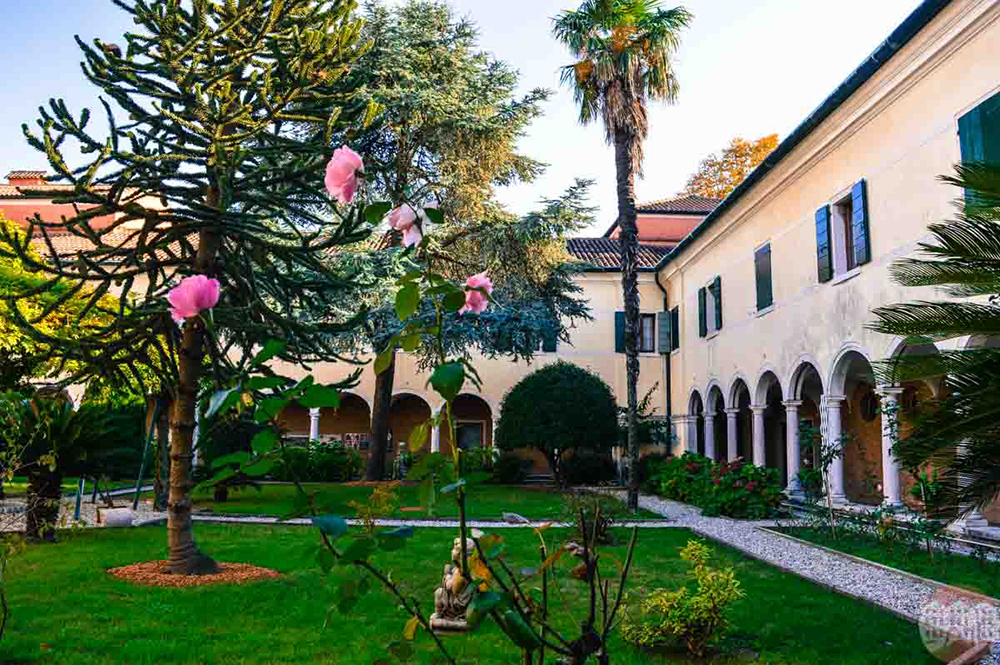
SMELL
SCENT OF ROSES
Since 1717, the island of San Lazzaro has been hosting the Armenian monks, who came to Venice to escape the Turkish domination. Based on the words of an Armenian poet, we know that the monks who landed on the island found a place that «smells of cardamom and cinnamon, roses, violets, flexible cypress branches and nightingales in exile; it is a rare priceless jewel.» They introduced their typical crops, still present today, in this locus amoenus, such as the damask rose, a very fragrant flower whose petals are used to produce Vartanush, a typical rose jam. The preparation follows the original technique: the roses blooming in May are picked up at dawn or at sunset and their processing takes about two weeks.
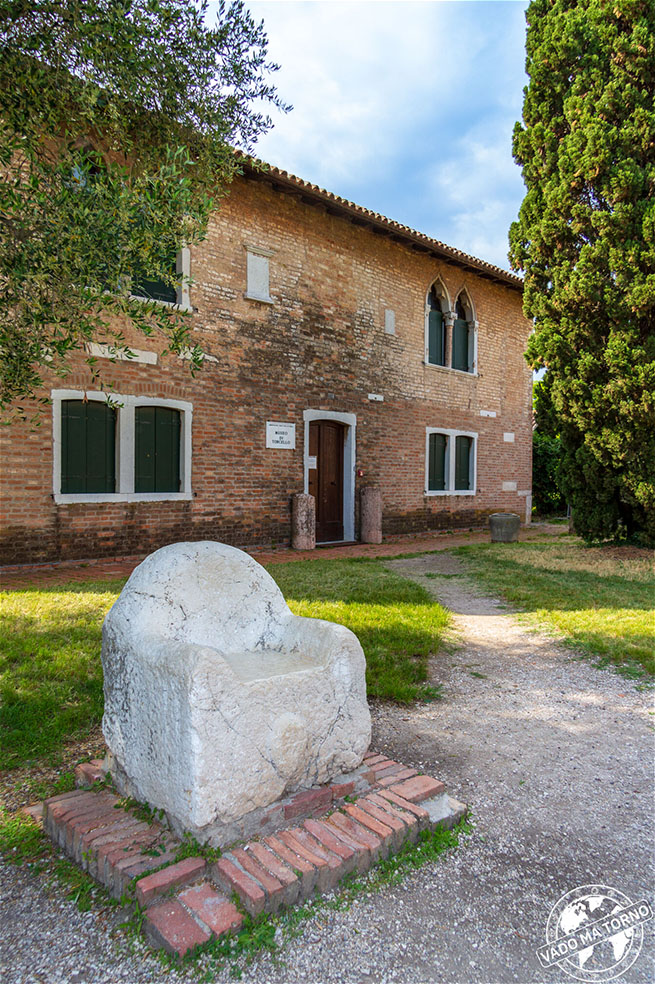
TOUCH
THE STONE THRONE
Torcello was one of the first islands in the lagoon to be inhabited; its story is characterised by myths and legends probably deriving from its ancient past. According to one of these legends, the small island was invaded by Attila’s Huns in the 5th century; on this occasion, according to the legend, they built a stone throne that still stands in front of the basilica and is called Attila’s Throne. However, the legend is only partly true: the Huns never went beyond Aquileia, but the throne actually dates back to the 5th century, and was probably built for the ruler of the island by the first populations who settled there. It was used during the meetings of the city council and for the administration of justice.
Did you know?
In the 17th century, the use of tobacco was introduced in Venice. Tobacco was sold by pharmacists (spezieri) and La Serenissima was the first State in the world to obtain the trade monopoly for this product.



